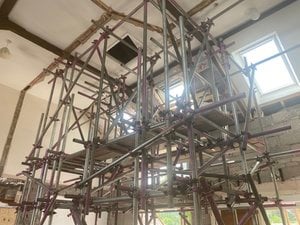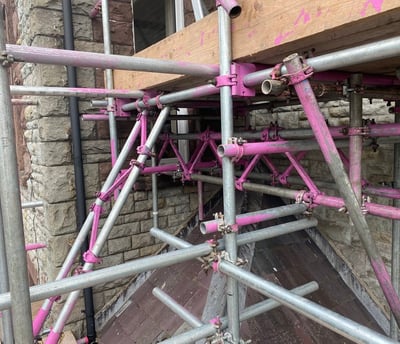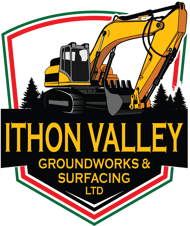How to Choose the Right Type of Scaffolding for Your Construction Project
When it comes to construction projects, safety, efficiency, and productivity are important, and at the heart of these elements lies one crucial component: scaffolding.
Jeff Gaydon
5/8/20243 min read


When it comes to construction projects, safety, efficiency, and productivity are important, and at the heart of these elements lies one crucial component: scaffolding.
Choosing the right type of scaffolding can make all the difference in the success of your project. With various options available, it's essential to understand your specific requirements and select the scaffolding system that best suits your needs. In this guide, we'll walk you through the key factors to consider when making this important decision.
Understand Your Project Requirements
The first step in choosing the right scaffolding is to assess the nature of your construction project. Consider factors such as:
Project Scope: Determine the size and complexity of the project. Are you working on a small-scale renovation, a high-rise construction, or something in between?
Height and Access Needs: Evaluate the height requirements and access points of the structure. Will you need scaffolding for vertical access, overhead work, or both?
Terrain and Environment: Take into account the terrain and environmental conditions of the construction site. Is the ground level and stable, or do you need scaffolding for uneven or challenging surfaces? Are there any weather-related considerations?
Types of Scaffolding Systems
Once you've identified your project requirements, familiarise yourself with the different types of scaffolding systems available:
Tube and Coupler Scaffolding: This traditional scaffolding system consists of steel tubes and couplers that are interconnected to form a sturdy framework. It offers versatility and can be adapted to various configurations, making it suitable for a wide range of projects.
Frame Scaffolding: Also known as modular scaffolding, frame scaffolding features pre-engineered components such as frames, cross braces, and platforms. It's easy to assemble, dismantle, and transport, making it ideal for projects with repetitive structures or limited access areas.
Suspended Scaffolding: Suspended scaffolding hangs from the top of a building or structure using ropes or chains. It's commonly used for tasks such as window washing, painting, or maintenance work on tall structures where traditional scaffolding is impractical.
Mobile Scaffolding: Mobile scaffolding, or rolling scaffolding, is equipped with wheels or casters for easy mobility. It's ideal for projects that require frequent relocation of scaffolding, such as interior finishing work or maintenance in large facilities.
Cantilever Scaffolding: Cantilever scaffolding extends horizontally from a supported structure, providing access to areas that are difficult to reach with conventional scaffolding. It's often used in situations where vertical supports cannot be installed directly beneath the work area.
Consider Safety and Regulations
Safety should always be a top priority when choosing scaffolding for your construction project. Ensure that the scaffolding system you select complies with relevant safety standards and regulations. Factors to consider include:
Load-bearing capacity
Stability and bracing
Guardrails and toe boards
Access points and ladders
Fall protection measures
Additionally, consider factors such as training requirements for workers and the need for regular inspections to maintain safety standards throughout the project duration.
Consult with Scaffolding Experts
Choosing the right type of scaffolding can be a complex decision, especially for large or specialised projects. Don't hesitate to seek guidance from scaffolding experts (like Hub Scaffolding!) or suppliers who can provide valuable insights based on their experience and expertise. They can assess your project requirements, recommend suitable scaffolding solutions, and assist with installation, maintenance, and dismantling as needed.
Wrapping It Up
Selecting the right type of scaffolding is essential for the success and safety of your construction project. By understanding your project requirements, evaluating different scaffolding systems, considering safety regulations, and consulting with experts, you can make an informed decision that meets your needs and ensures smooth progress from start to finish.
Remember, investing time and effort in choosing the right scaffolding upfront can yield significant benefits in terms of efficiency, productivity, and, most importantly, the well-being of your workers.






